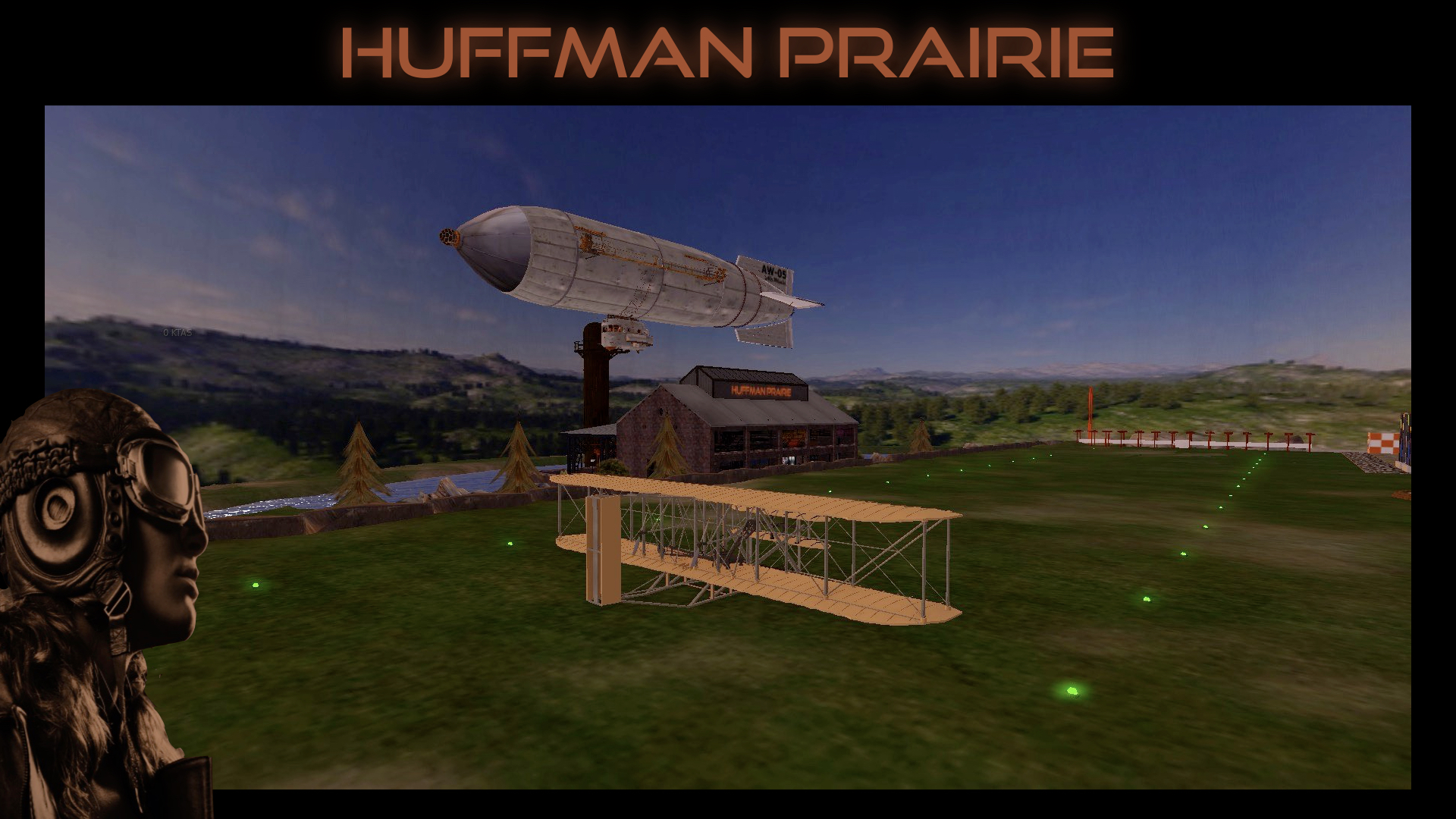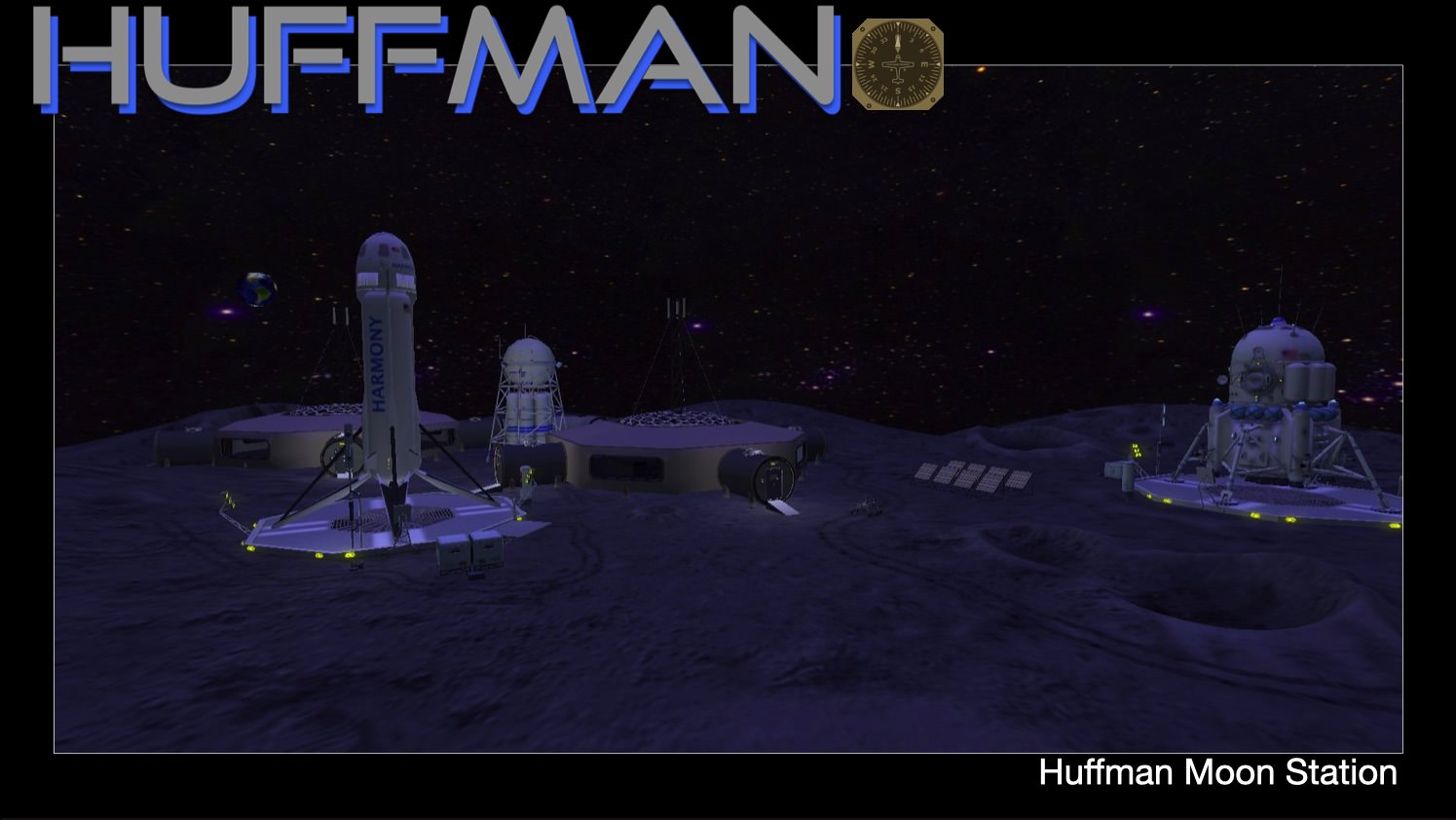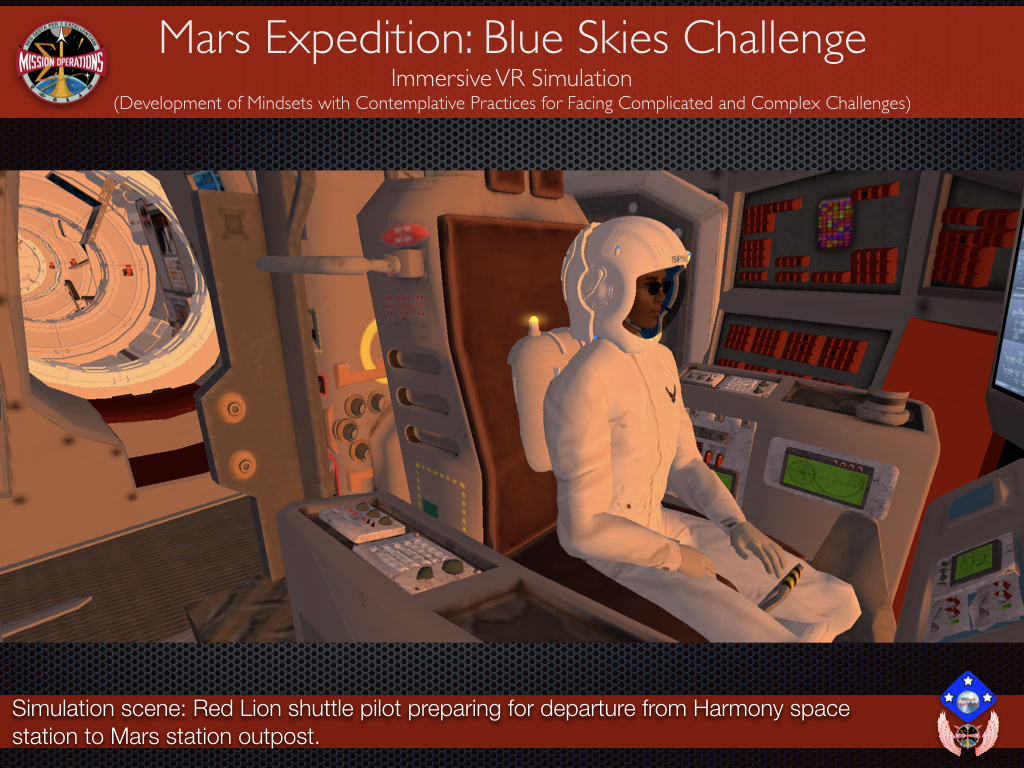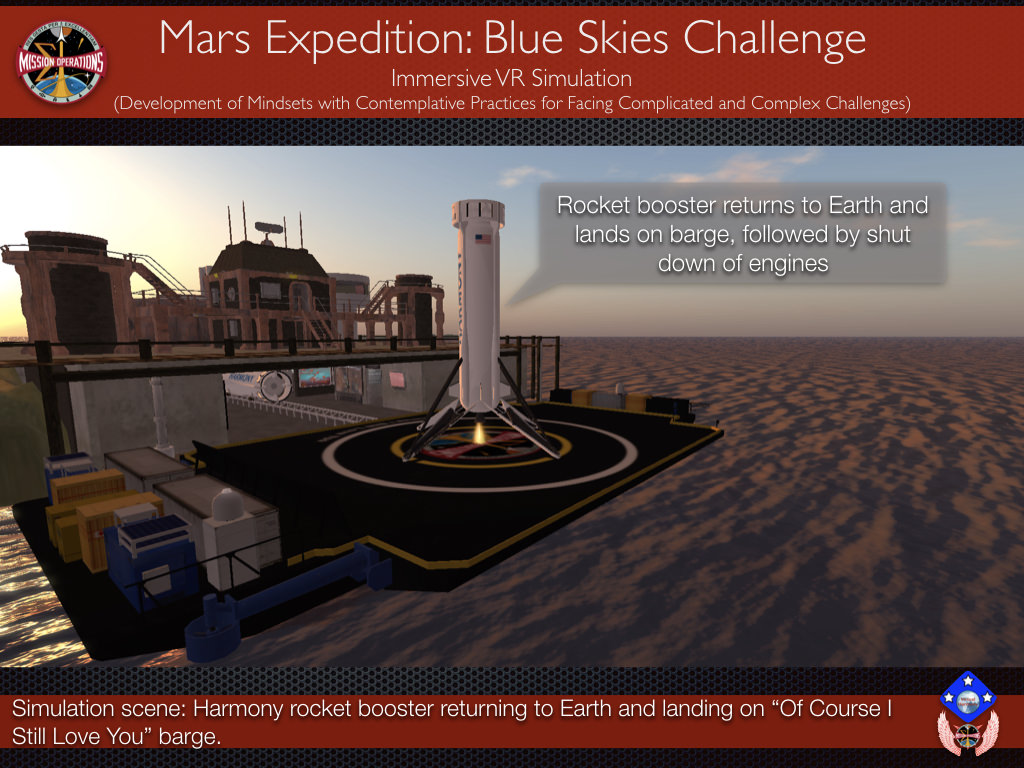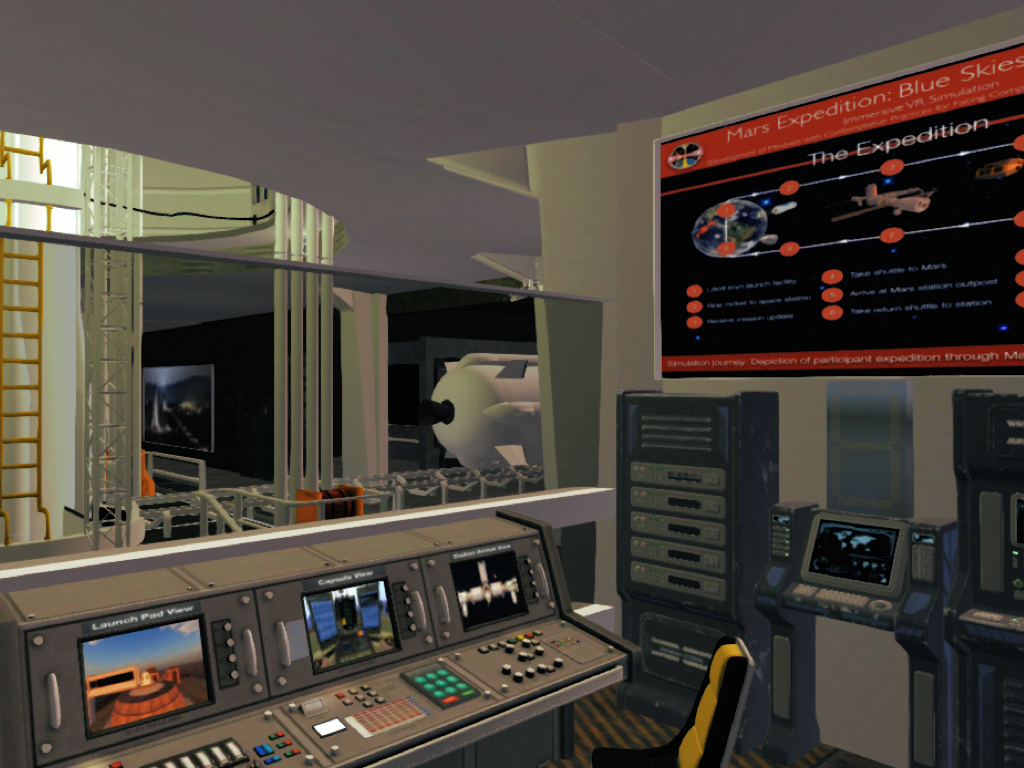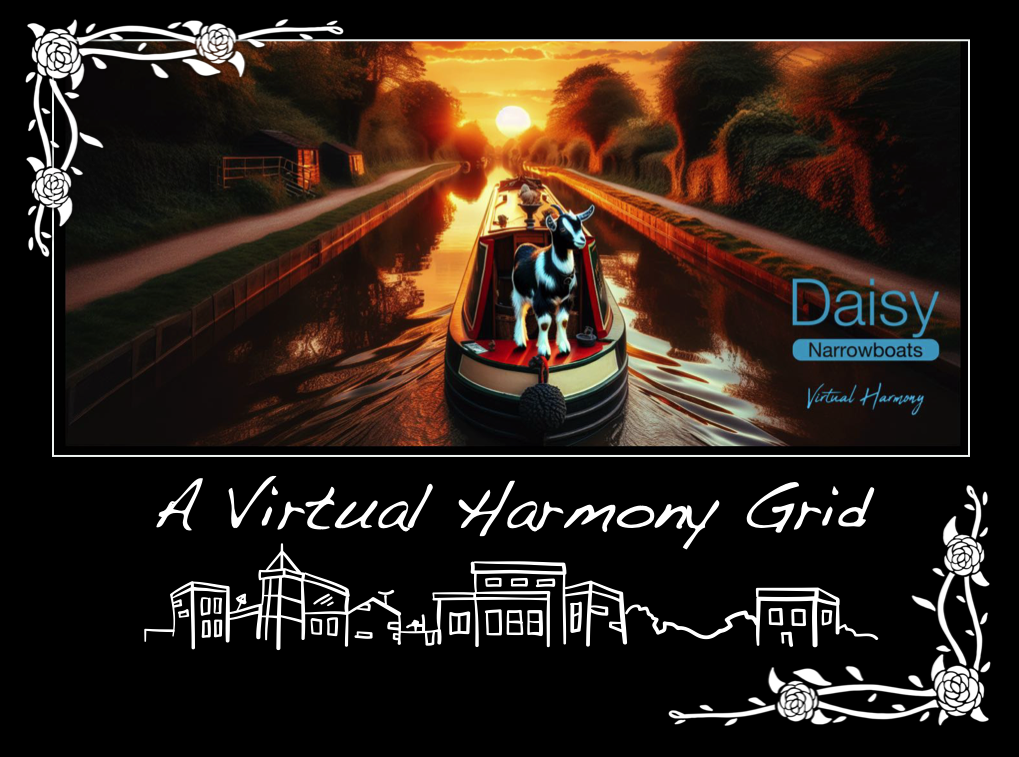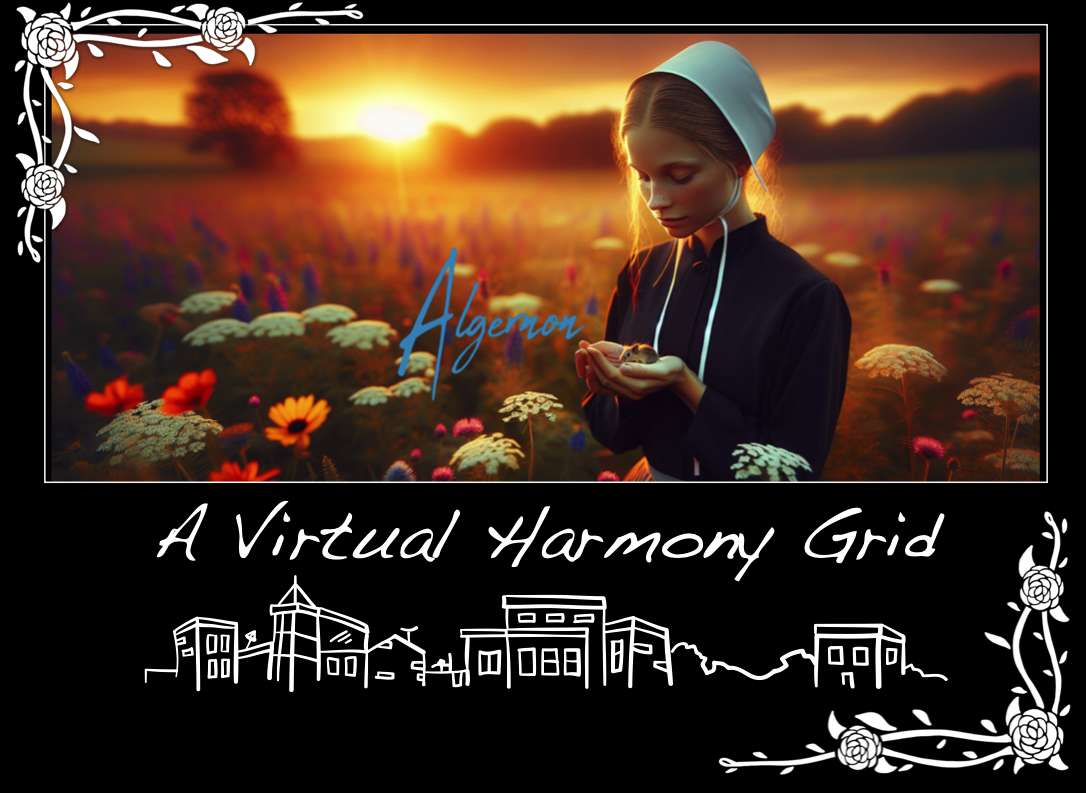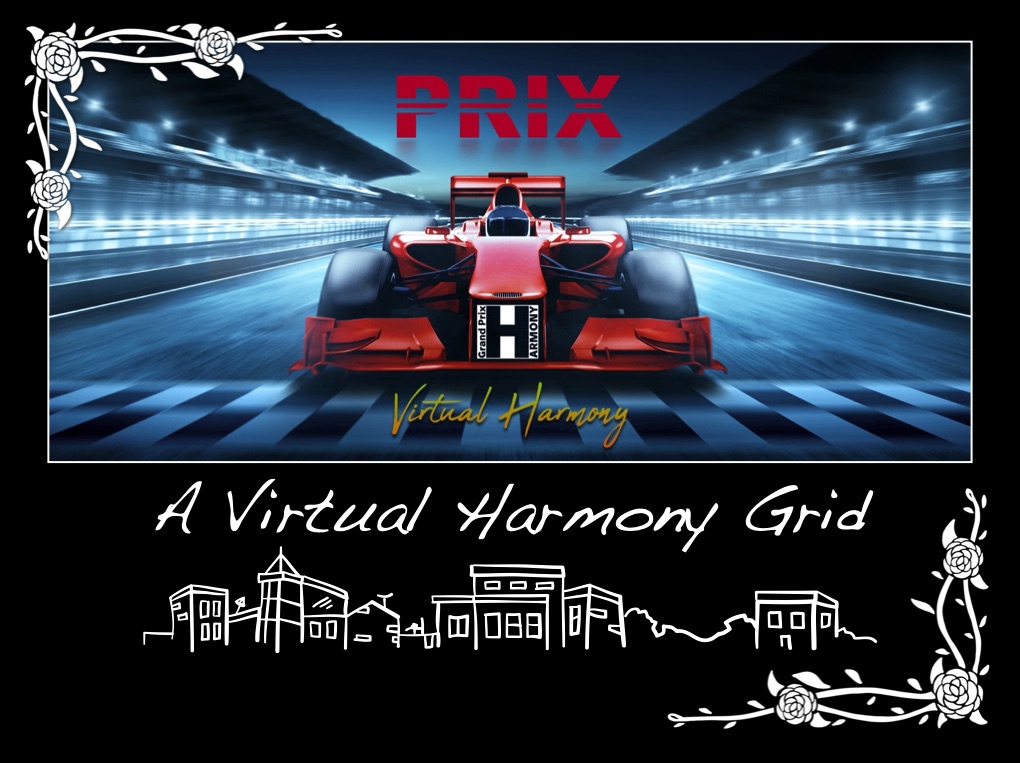COME FLY WITH US!
The Huffman Prairie region has a long history with its initial rendition as the first United States Air Force (USAF) immersive 3D-world. Over the years, the region has evolved with newer capabilities but has retained its initial charm and emphasis on the story of flight and the amazing ways aviators have sparked the imagination for art-of-the-possible with new frontiers and discoveries. Upon arrival to the region, visitors are placed on the original aviator dial land marking the entry into the first virtual Huffman Prairie. A Robert Heinlein Space Port welcomes visitors and serves as the gateway to a vast flight center supporting flying, ballooning, skydiving, and space travel. A Huffman Flight Academy is also provided offering a Wright Flyer for flying along with several ultralights to use for aerial sightseeing. A helicopter is also available for use. The virtual airfield located on the Huffman region is named in honor of Geraldine “Jerrie” Mock who flew a single-engine Cessna dubbed ‘Charlie’ solo around the globe in 1964 setting a world record. Jerrie’s accomplishments inspired a generation of future female aviators.
Also, the national award-winning Mars Expedition simulation is hosted and starts at Huffman. Simulation participants start by taking a reusable rocket booster to a virtual representation of the International Space Station (ISS), and/or via a stopover at a lunar station on Earth’s moon, for continuing the journey to Mars. The rocket includes options to fly with a human co-pilot or an AI co-pilot. The booster returns to Earth to land on a floating barge. Upon completion of the Mars Expedition simulation participants return to Huffman in a capsule as it glides gently back to Earth, supported by deployed capsule parachutes, for landing safely in the ocean. There is also a vintage airship and terminal adjacent to the airfield.

Grid Snapshots
Mars Expedition Simulation
The Mars Expedition Simulation starts from the Huffman Prairie grid with continued simulation gameplay extending to the Mars grid (with an option to extend gameplay on the Interstellar grid). Participants start the simulation by visiting the Heinlein Space Port facility for instructions, equipping the avatar with a gameplay HUD and spacesuit items. Simulation facilitators can help participants with learning how to prep the rocket for launch and operating the rocket for traveling on to a virtual ISS and moon station for continuation to Mars via the Mars grid. The Mars Expedition Simulation is designed for supporting gameplay by an individual or by a small group of participants. Gameplay can be conducted across multiple immersive VR sessions.
The Overview Effect
The overview effect is a cognitive shift reported by some astronauts while viewing the Earth from space. Researchers have characterized the effect as “a state of awe with self-transcendent qualities, precipitated by a particularly striking visual stimulus”. The most prominent common aspects of personally experiencing the Earth from space are appreciation and perception of beauty, unexpected and even overwhelming emotion, and an increased sense of connection to other people and the Earth as a whole. The effect can cause changes in the observer’s self concept and value system, and can be transformative. Immersive virtual reality simulations have been designed to try to induce the overview effect in earthbound participants (Note: information obtained from Overview effect – Wikipedia). Designers of the Mars Expedition simulation continue to make improvements to the immersive VR effects in support of prospects for deepening the appreciation of space exploration.

